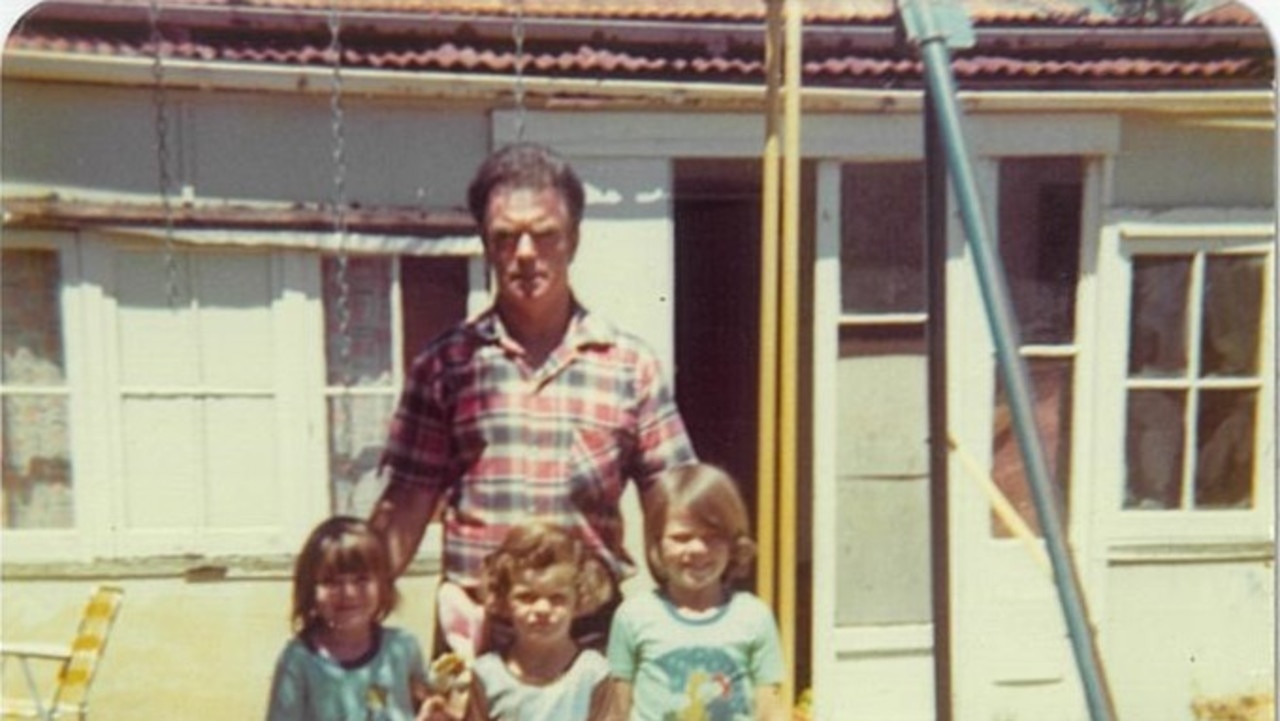
A fine recent fictional example is Neill Blomkamp’s 2013 movie Elysium, starring Matt Damon as a petty criminal on ravaged Earth who tries to make it to a space habitat, where the rich live, because only there can he be treated for radiation poisoning.
What makes Spaceship Earth so fascinating is that it’s a true story. This documentary, directed by American filmmaker Matt Wolf, is about a biosphere set up in the Arizona desert in 1991.
This four-storey greenhouse, covering about 1.2ha, would be home to four men and four women, dubbed biospherians, for two years. Inside it a miniature Earth was created, with terrain ranging from desert to rainforest to coral reef.
This world was populated by animals and plants brought in for the $US200m project. In biblical terms, it started as Noah’s ark and intended to become the Garden of Eden. Overseeing it all was a man named John Allen, who some thought was playing God.
This “prefab paradise” was both a prototype for space colonies and an example of how sustainable living could be achieved on Earth. Well, that was the plan. Once the door was shut, the eight people inside had no access to outside food, water or oxygen. Everything had to be grown and recycled. The vivarium, as it became once tourists were allowed to look at and photograph the people inside, as in a zoo, was called Biosphere 2. That name was an ecological message. Biosphere 1 already existed. It was the planet on which we carelessly live.
This was a huge story around the globe at the time. The media, as is often the case, started out supportive and then dug for dirt. And there was dirt to find. Scientists said the project, funded by Texan oil billionaire Ed Bass, was not science but “ecological entertainment’’.
This documentary, which premiered at this year’s Sundance Film Festival, is in two parts. The first part starts in the late 1960s and introduces us to the group of friends, led by Allen, who 25 years later would be behind the biosphere.
They are remarkable people. Deciding to do something “other than drugs”, they form a theatre group and travel the world, making property investments along the way, including in Australia.
One of them filmed their days together and the director draws on this archival material to great effect. He also has contemporary interviews with most of the gang, now in their 70s, including Allen.
Only one of them, Mark Nelson, went into the biosphere in 1991, and his comments are interesting, as are those of everyone involved. Watching all of this it’s hard not to be impressed by these people, and also hard not to suspect there was a cult element to their behaviour, as some alleged at the time.
Part two is the two years inside the biosphere, which had internal cameras to record everything. I confess that my first thought when the eight went inside and shut the door was whether there would be any sex and/or booze.
We soon learn that there are two couples among the eight, yet the romantic side of life is never discussed. Booze, however, does appear when, bored and fed-up, the biospherians brew some banana wine.
The footage of them after imbibing it is hilarious, as are the dinner scenes when they have to cope with the fact the most productive plant in the greenhouse is beetroot. There are more serious problems to deal with, too, such as the rise in carbon dioxide, and more hostile emotions.
Whether eight people can survive like this for two years is for viewers to find out. As someone who didn’t know the answer, I found the record of their time together compelling. I also won’t reveal who comes into the story at the end. When he does, it’s a reminder that while the planet is large the world can be a very small place.
Spaceship Earth
Streaming on DocPlay
★★★★

Gravitas behind the cheekiness
“It seems the more objects this guy puts up his arse the stronger he’s getting. That’s my theory, anyway.”
That theory, expressed in the absurdist American movie Butt Boy, is the best summation of this piece of surreal comic noir for anyone wondering whether it might be their cup of tea.
The theorist is Florida police detective Russel Fox (Tyler Rice) and he’s speaking literally. He’s responding to his station chief, who has outlined the case, as he believes the detective sees it. That little so-this-is-what-you-think? speech from the chief (Brad Potts) is one of the best straight-faced pieces of comic acting I’ve seen in a while.
A bit later we see the suspect, Chip Gutchell (director and co-writer Tyler Cornack), using the superpower the detective suspects he has. I would say it’s one of the weirdest moments I’ve seen on screen, except I have seen all of this movie, which cost about $200,000 to make, and it gets far, far weirder.
As someone who likes being surprised by filmmakers, I think this is great. The phrase, “Wow! I almost can’t believe this” came to me several times, and I found it so refreshing. It’s close to a four-star movie for that reason alone.
Here’s the story in brief. We first meet Chip, an unhappily married IT expert, the day before he is due to have his first prostate exam. He and his attractive wife Anne (Shelby Dash) have a baby son.
He has the exam and, not to put too fine a finger on it, he enjoys it. He becomes addicted to putting things up his bottom, which we might call a Tard-ass as it seems to be able to accommodate a great deal more than appearances would suggest.
The TV remote goes missing, as does the cake of soap in the shower, the family dog and then a neighbourhood child. Whether any of this can be traced to Chip’s new-found obsession remains to be seen.
We move forward nine years. Chip is still unhappily married to Anne and still working in IT. He seems to be a good dad to his now 10-year-old son.
He’s also in Alcoholics Anonymous, perhaps for a different, hidden addiction, and this is when we first meet Detective Fox. He’s a serious alcoholic, new to AA members and Chip is chosen as his sponsor.
Where it goes from here you have to see to believe. We have an alcoholic cop who is asked to investigate the disappearance of another child, this time at Chip’s office. He thinks Chip, his AA sponsor, has taken the child and … well, return to his theory at the start of this review. Jonah and the whale comes to mind.
The strange thing about this strange movie is that it has quite an emotional pull, provided you can keep looking at the screen, which at times is difficult.
It touches on addiction, compulsion, career emptiness and, at its heart, loneliness. That what we see might be only in the minds of the two men, that this thriller might be psychological rather than scatological, is an interesting thought.
Until now, the weirdest movie I’ve seen in recent times is Leos Carax’s Holy Motors (2012), which is also one of the best. On the weirdness front, Butt Boy, made before toilet paper hoarding became popular, gives it a solid run for its money.
Butt Boy (MA15+)
Google Play, iTunes, Fetch TV, Umbrella Entertainment and DVD




The idea of replicating Earth in outer space has intrigued writers and filmmakers for a long time. Today it also interests billionaires such as Elon Musk and Jeff Bezos, who look to Mars as a possible home away from home.